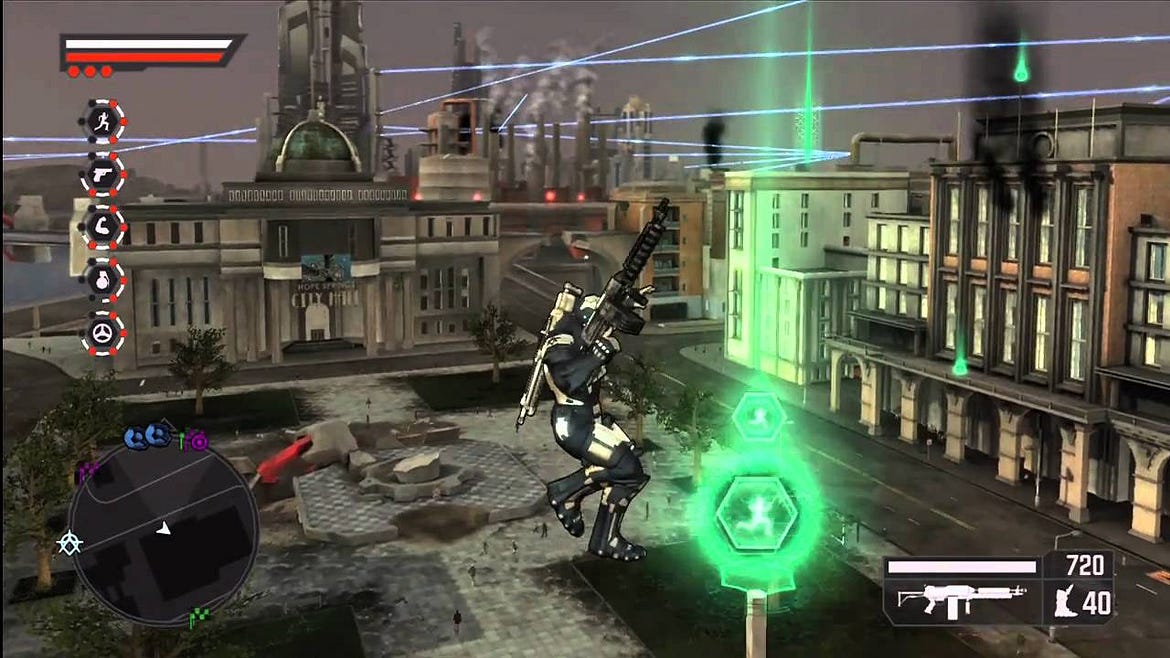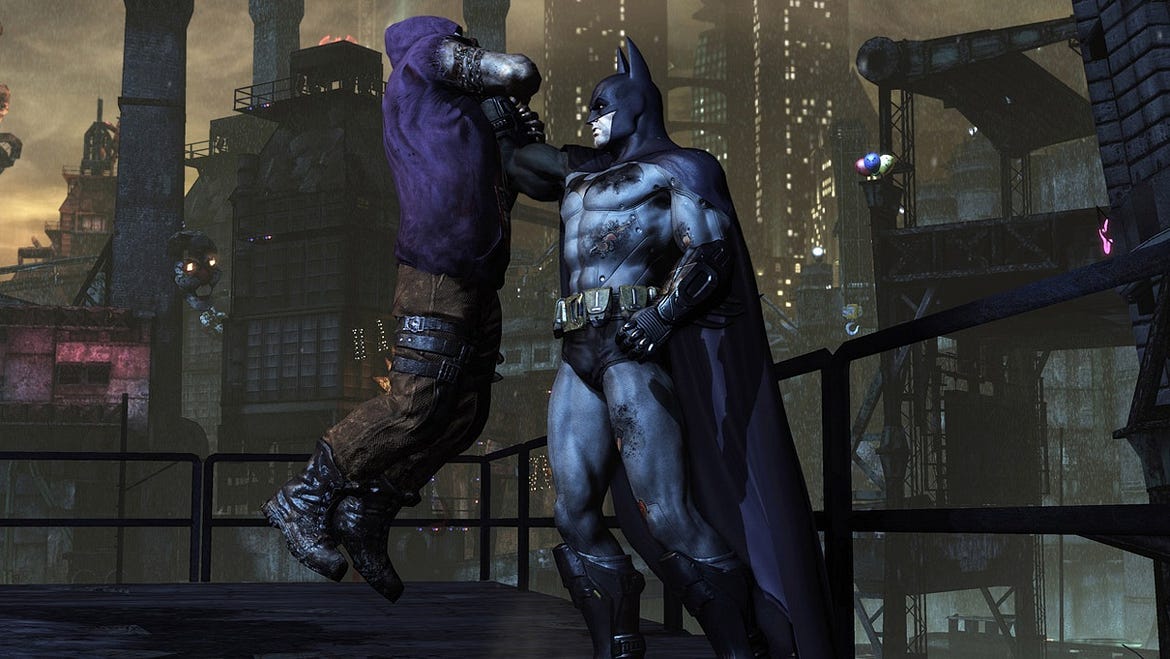How to Make Catchy Collectibles
Collectibles have been a longstanding way of keeping players distracted, and I'm going to go over some of the important points when it comes to making them an effective time killer.

Collecting things is one of the most basic impulses we have in all walks of life. Collecting stickers, stamps, videogames, and many more. Game designers have used that allure to keep players invested in getting that special “100% completion” mark on their games. Despite how simple this addiction can be, it’s still hard for designers to come up with meaningful ways to get us to waste our time.

The “Why” of Collecting
Collectibles are a part of that primal part of our brains that force us to finish a task. Once you start collecting something, it becomes very hard to stop when the collection is not complete.
From a design standpoint, we see collectibles featured in many open world titles as a way of filling up space in-between missions and content with something else to do.
The value of the collectible varies from game to game: some titles use them as a part of the progression curve, others as a bonus unlock for finding them all.
Despite that simplicity, making the hunt for them rewarding requires smart design.
The McGuffin
Simply leaving various doodads scattered around your world is not enough to make the hunt meaningful to the player. The first major point is that there must be some extrinsic motivation to get someone to start hunting.
In-game resources, bonus health, attack points, you name it; but the player needs something to get them going. You do need to be careful not to give the player something that loses value over time, such as in-game money. Getting $500 a collectible at the start may seem great, but when you’re at the endgame and earning thousands at a time that’s a different story. A great option is to scale rewards based on player level or progress like we saw in Guild Wars 2.
Some games tie collectibles to in-game lore: like finding monuments or audio logs from characters. This is a great idea, but if you are going to go to this extent to build collectibles, then make sure to include a way for players to track and review them.
The psychological trick when it comes to understanding the impact of collectibles is that they don’t have to do a lot to matter to the player. Even something as small as “+.5% DPS” can get someone to start collecting if they believe that there is any advantage for doing so. Speaking of the impact, every collectible should give the player something. You want to avoid only rewarding the player for completing sets.
With that said, unless you are tying collectibles to the main progression (for ex: collecting 100 coins for a power star in Super Mario 64), you don’t want to make collecting required. The point of collectibles is that they’re something else to do besides the core gameplay loop and be rewarded for hunting them down.
Speaking of “hunting” you also must make sure that the collectibles can be found in the first place.
Hide and Seek
Another important part of making the collectible hunt meaningful is giving the player some way to find them in the first place. For games that deal in small gamespaces and linear corridors, the player will be able to find them just be looking around.

No matter what, you do want players to try and find all the collectibles
However, when we’re talking about massive areas like in Just Cause, Crackdown, and so on, there must be some way of telling the player to start looking around. Depending on the design, we have seen several methods.
The easiest way is to literally show collectibles on the mini-map when the player is close enough. This guarantees that the player can find them but does minimize the impact of the hunt.
Other titles will alert the player to the general vicinity and then let them search from there. I think those are the best ones if the only challenge of collecting them is to reach them. The best example of this—and one I’ve spoken previously about—are the agility orbs of Crackdown.
Every orb in the game emits a small sound when the player is close: letting them know to stop what they’re doing and start searching. Oftentimes, the green hue stands out during a mission and allows the player to immediately find them while moving around the city.
At the extreme, you can feature a reward that reveals all collectibles—such as the Riddler thugs in the Batman games—as you do want people to eventually find them.
Checking it Off
Collectible design may not sound like a complicated aspect of your game, but there is a big difference between the best and worse examples of it. A good collectible needs to stick out enough in the world and gameplay to attract the player to find them, but still be optional when it comes to playing the game.
Besides the ones mentioned here: can you think of good and bad examples of collectible design in games?
Read more about:
BlogsAbout the Author(s)
You May Also Like







.jpeg?width=700&auto=webp&quality=80&disable=upscale)








